The Rich Heritage of Moong Green Gram in Telugu Cuisine
Moong green gram, known as “pesarlu” in Telugu, is an integral part of Telugu cuisine and possesses a rich heritage that spans centuries. This pulse is not only celebrated for its culinary versatility but also for its significant cultural role in various aspects of life in Andhra Pradesh and Telangana. In traditional households, moong dal is commonly used to prepare a range of dishes, from everyday meals to festive specials, showcasing its adaptability and essential position in local cooking practices.
The use of moong green gram can be traced back to ancient Indian culinary traditions, where it was favored not just for its flavor but also for its nutritional benefits. It is a rich source of protein, fiber, and several vitamins and minerals, contributing to a balanced diet. For many families, especially in the rural areas, moong dal serves as a staple ingredient, often prepared in dishes like “pesara upma” and “moong dal curry.” These preparations reflect the simplicity and wholesomeness of traditional Telugu food, emphasizing the significance of pulses in achieving health and wellness.
Moong green gram also plays a vital role in rituals and festivals, often being offered as a part of prasad (sacred food) during religious ceremonies. Its presence during auspicious occasions highlights its cultural importance beyond just a dietary staple. Furthermore, with growing awareness on nutrition, the popularity of moong dal continues to rise, making it a favored ingredient among those seeking healthy, plant-based diets.
In conclusion, the historical significance of moong green gram in Telugu cuisine transcends its culinary applications. It embodies a cultural connection, strengthening family bonds and promoting healthy eating, thus ensuring its status as a beloved staple in the region.
Global Distribution and Culinary Application of Moong Green Gram
Moong green gram, known for its versatility and nutritional benefits, has garnered global attention beyond its traditional roots in Telugu cuisine. This legume is celebrated for its unique flavor and adaptability, making it an attractive ingredient in various international dishes. From soups and salads to curries and snacks, moong green gram whole dal can be seamlessly incorporated into a myriad of recipes appealing to diverse palates. Its lightweight and nutrient-dense profile enables chefs worldwide to utilize it in both gourmet settings and everyday cooking, thus broadening its culinary applications significantly.
Telugu food producers are actively working to introduce moong dal to international markets. By implementing strategic branding and marketing approaches, they aim to highlight the unique qualities of this legume. Packaging plays a crucial role in this marketing strategy, as producers opt for visually appealing, eco-friendly materials that emphasize the health benefits associated with moong green gram. Furthermore, collaborations with global retailers and online platforms have facilitated wider distribution, thus making this ingredient more accessible to food enthusiasts around the world.
Chefs and culinary influencers have expressed positive testimonials regarding the use of moong green gram in their dishes. Many have praised its ability to absorb flavors and its contribution to a well-balanced diet, rich in protein and fiber. Innovative recipes featuring moong dal, such as moong dal burgers or fusion-style moong dal stir-frys, have emerged, showcasing its adaptability and elevating its status in international cuisine. As more individuals explore the potential of moong green gram whole dal, it is poised to become a staple in kitchens around the globe, transcending cultural boundaries, and contributing to a diverse culinary landscape.


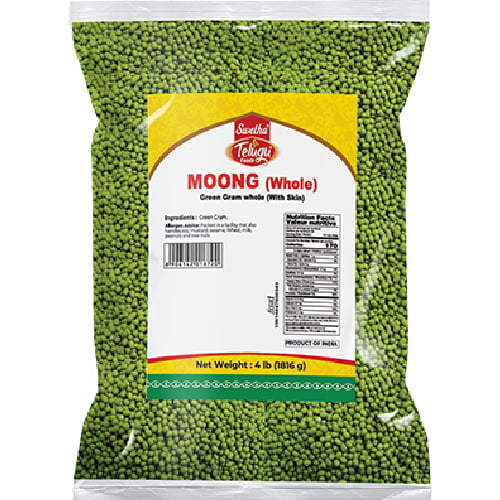
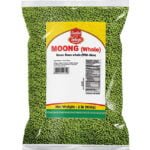
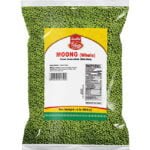
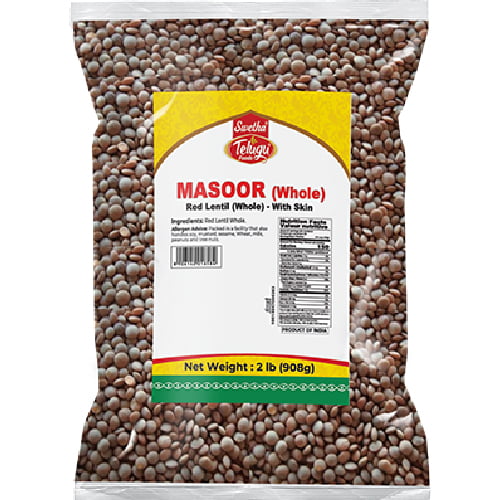


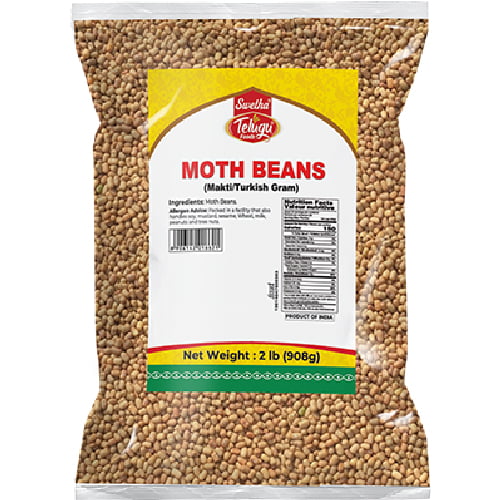

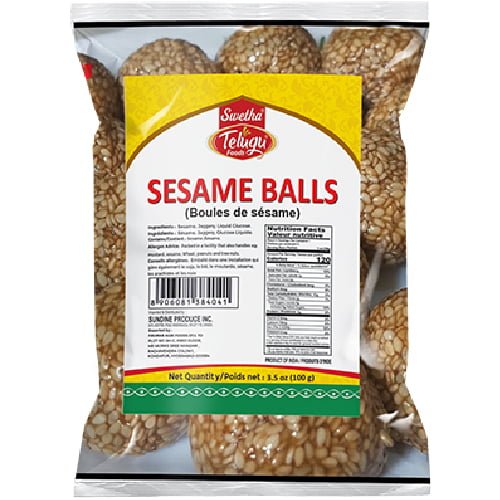

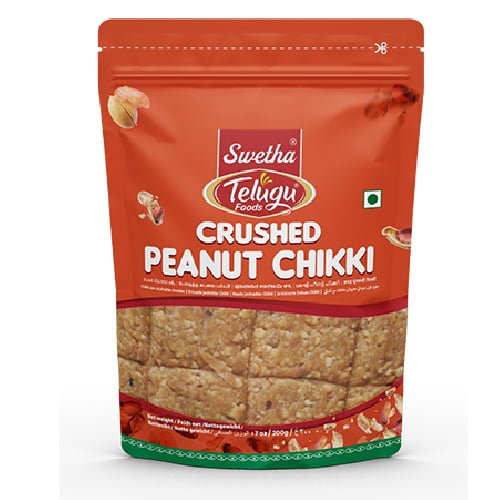
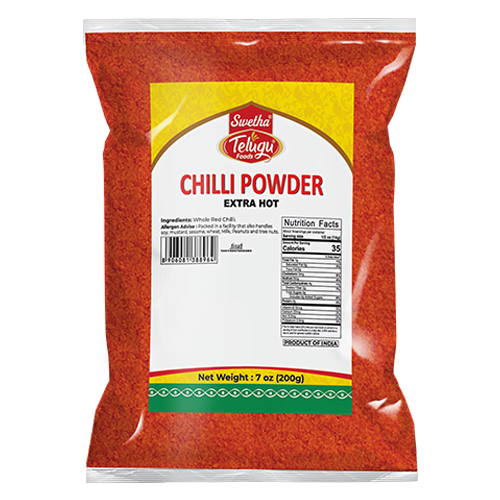
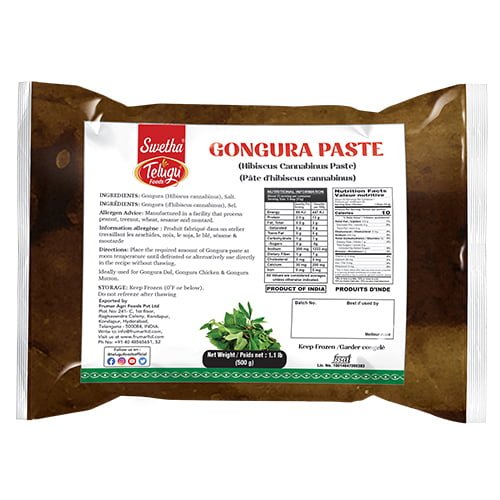
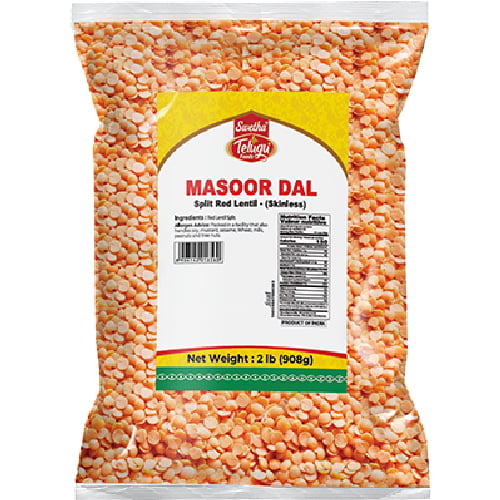
Reviews
Clear filtersThere are no reviews yet.